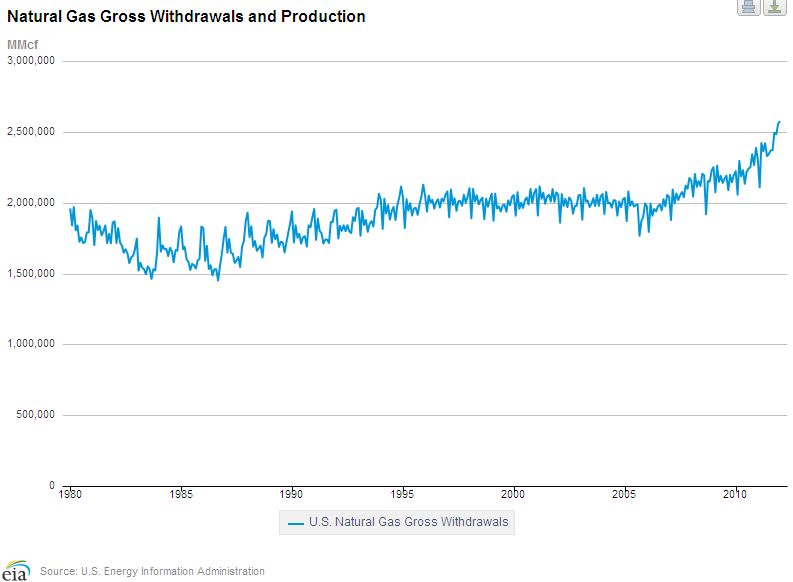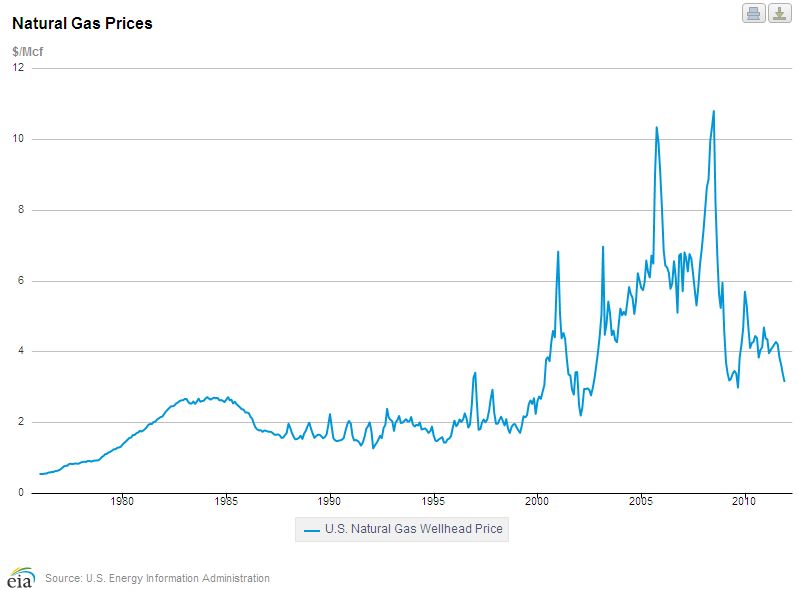A memorial service, open to the public, will be held today for wildcatter and philanthropist George P. Mitchell – actually, three memorial services, as befits one of the great Texans of the 20th century. The Houston Chronicle in fact named him Houstonian of the Century. By all accounts, he was not only an entreprenurial genius, but a kind and generous man, a family man, and a man who gave back to his communities in many ways.
In one of his last public interviews, Mr. Mitchell addressed the issue of the safety and environmental risks of hydraulic fracturing and horizontal drilling. I wrote about that interview. He said that he supports tough regulation of independent operators. “I’ve had too much experience running independents,” Mitchell said. “They’re wild people. You just can’t control them. And if it doesn’t do it right, penalize the oil and gas people. Get tough with them.”
Last year, Mr. Mitchell and Mayor Michael Bloomberg published an op ed piece in the New York Times supporting tighter regulation of the industry. What they said bears repeating. They pledged that their foundations
 Oil and Gas Lawyer Blog
Oil and Gas Lawyer Blog



